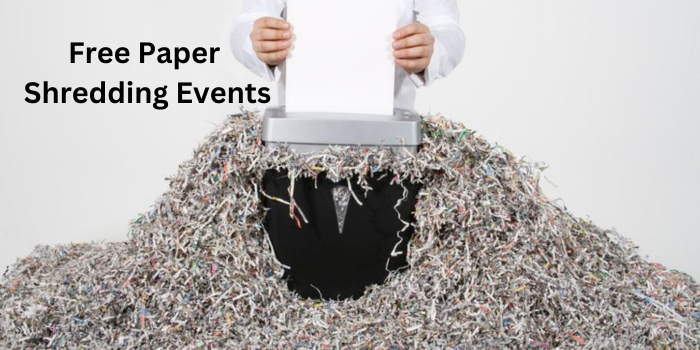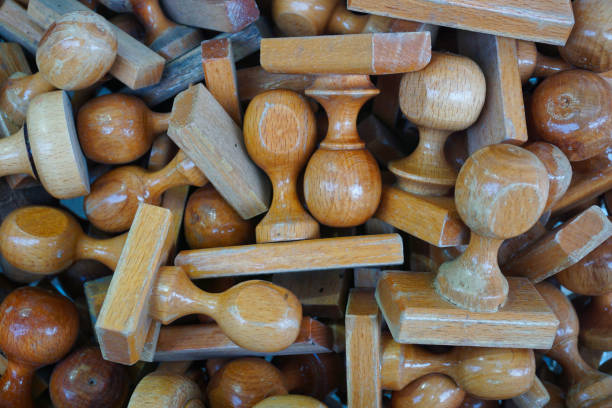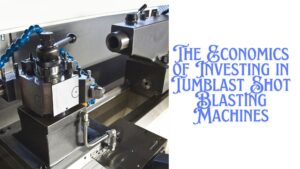Paper shredding is a process that involves cutting paper documents into narrow strips or small cross-cut particles, rendering them unreadable and effectively destroying the information contained on the paper. Here’s how paper shredding Events typically works:
1. Paper feeding: The paper documents are fed into the shredder’s feed opening, either manually or using an automatic feeder tray.
2. Cutting mechanism: The shredder is equipped with one or more cutting mechanisms, which can be either straight-cut or cross-cut blades.
a. Straight-cut blades: These blades cut the paper into long, narrow strips typically ranging from 1/4 inch to 1/2 inch wide.
b. Cross-cut blades: These blades cut the paper horizontally and vertically, creating small, rectangular or square-shaped particles.
3. Shredding process: As the paper passes through the cutting mechanism, it is sliced into the corresponding strips or particles.
4. Collection bin: The shredded paper falls into a collection bin or bag located beneath the cutting mechanism.
5. Disposal: Once the collection bin is full, the shredded paper can be disposed of securely, typically through recycling channels or proper waste management procedures.
Paper shredders come in various sizes and capacities, ranging from small personal shredders for home or office use to large, industrial-grade shredders capable of handling high volumes of paper. The level of security provided by the shredder depends on the size of the shredded particles, with smaller, cross-cut particles offering higher security for sensitive or confidential documents. Shredding is an important step in maintaining confidentiality and complying with data privacy regulations, as it effectively destroys sensitive information and prevents unauthorized access or misuse of confidential documents.











